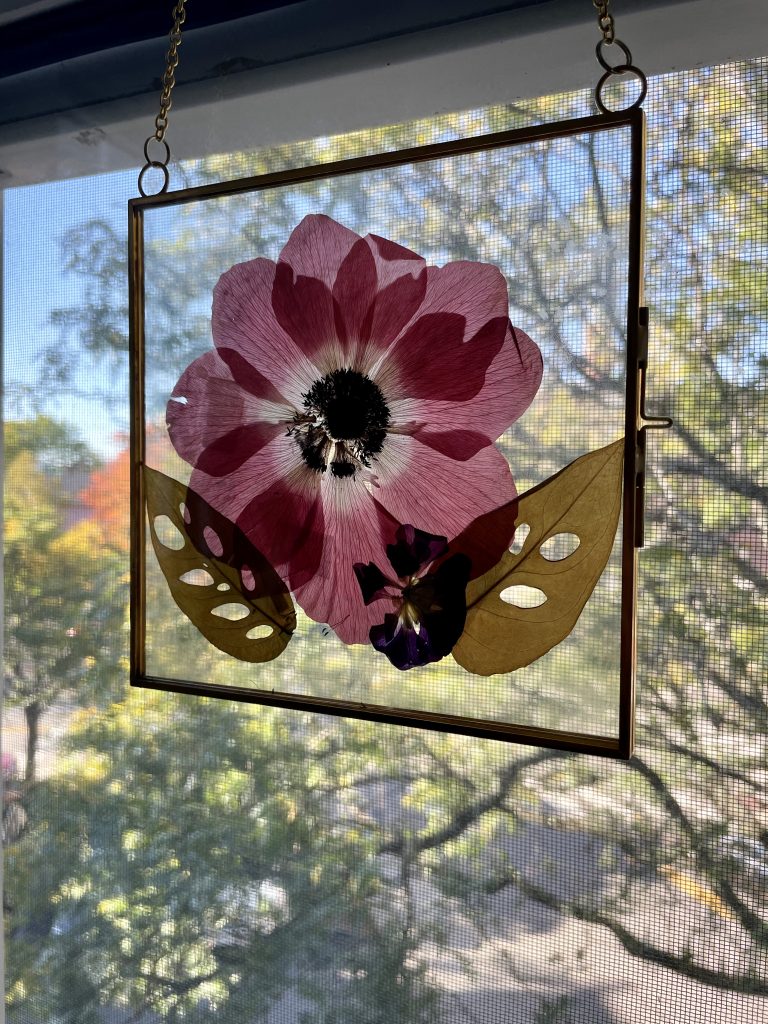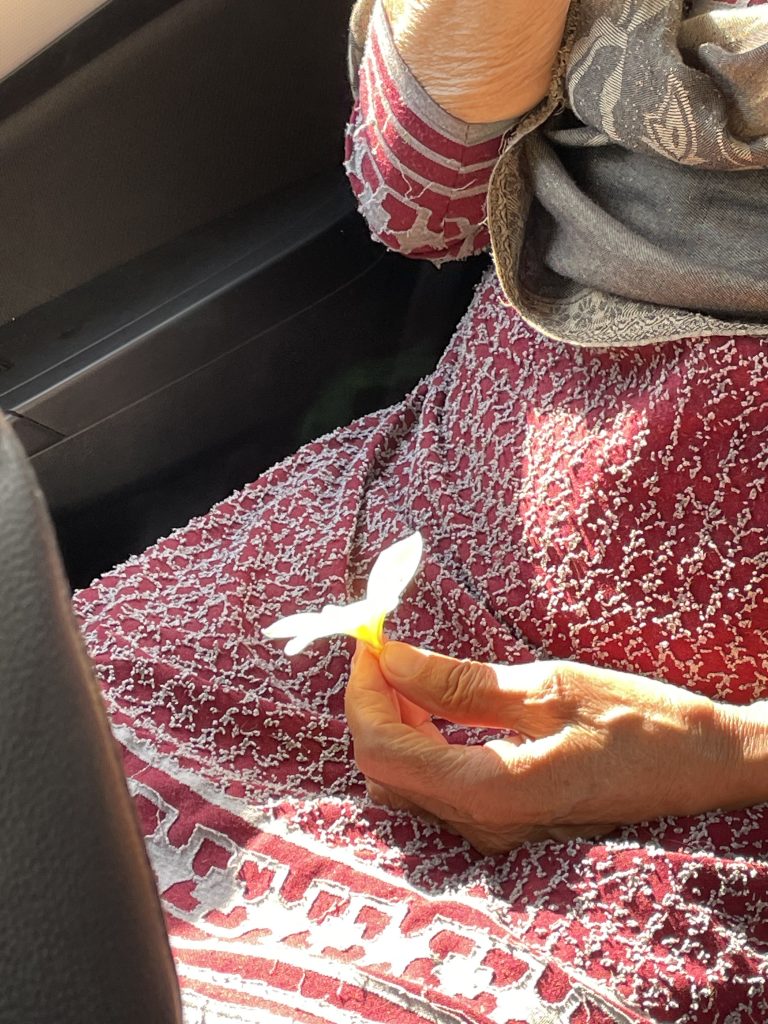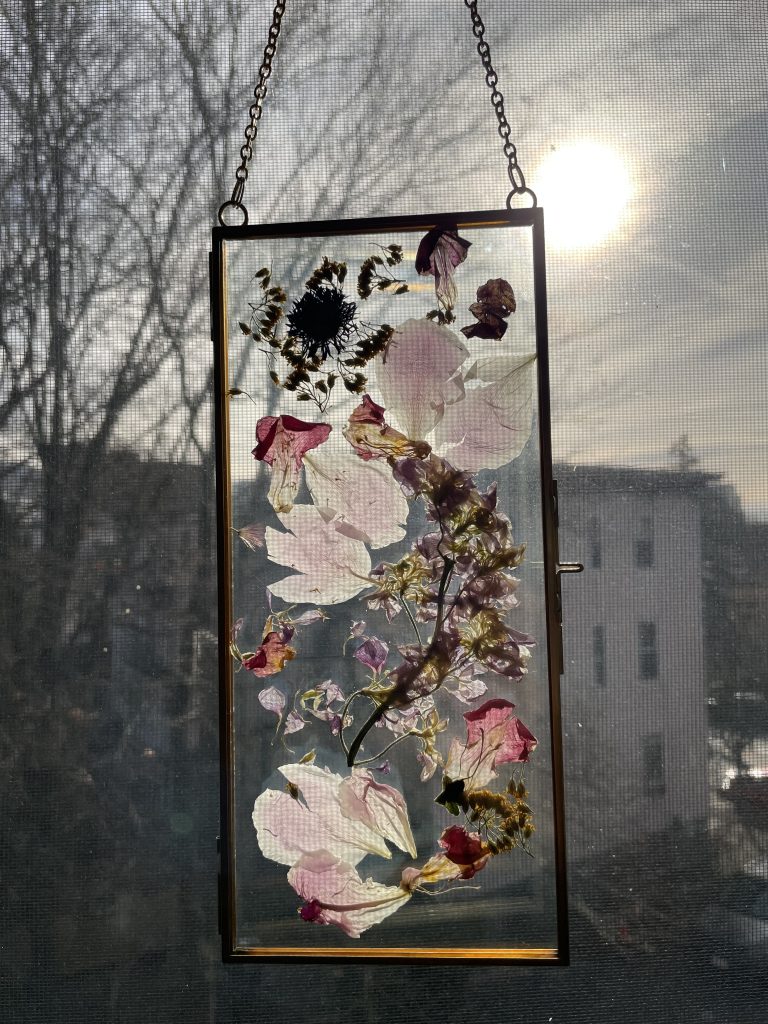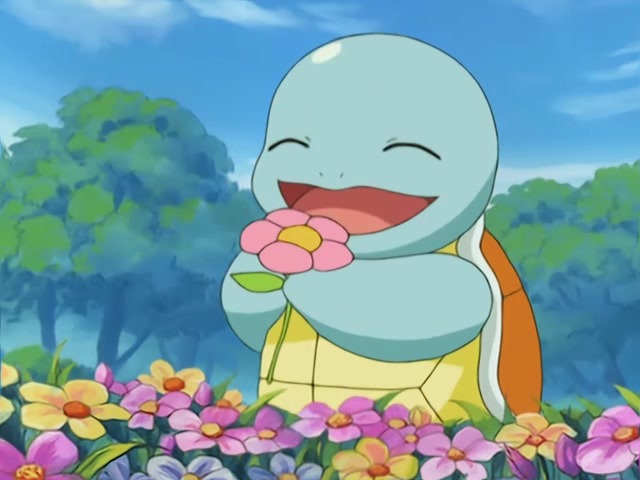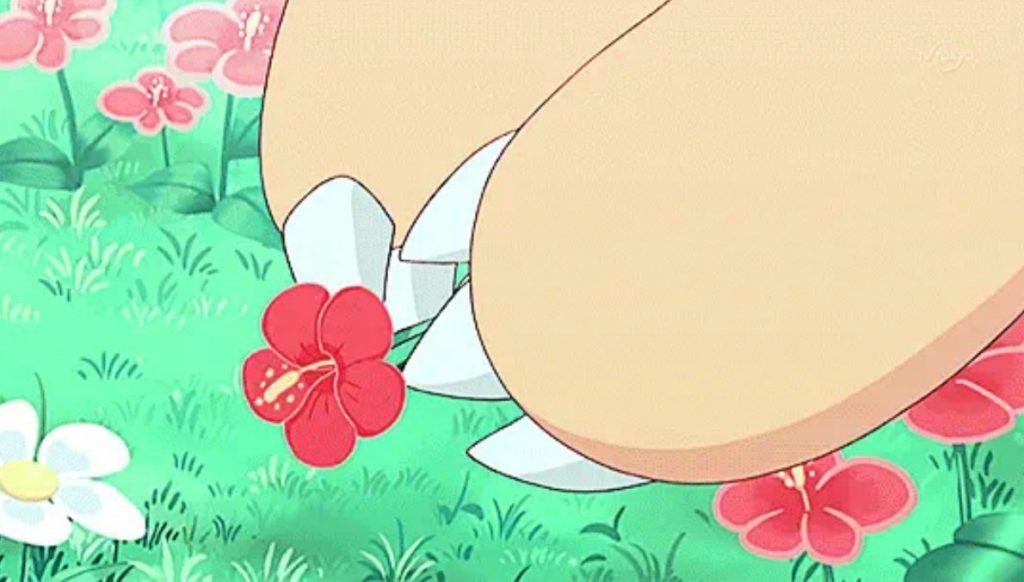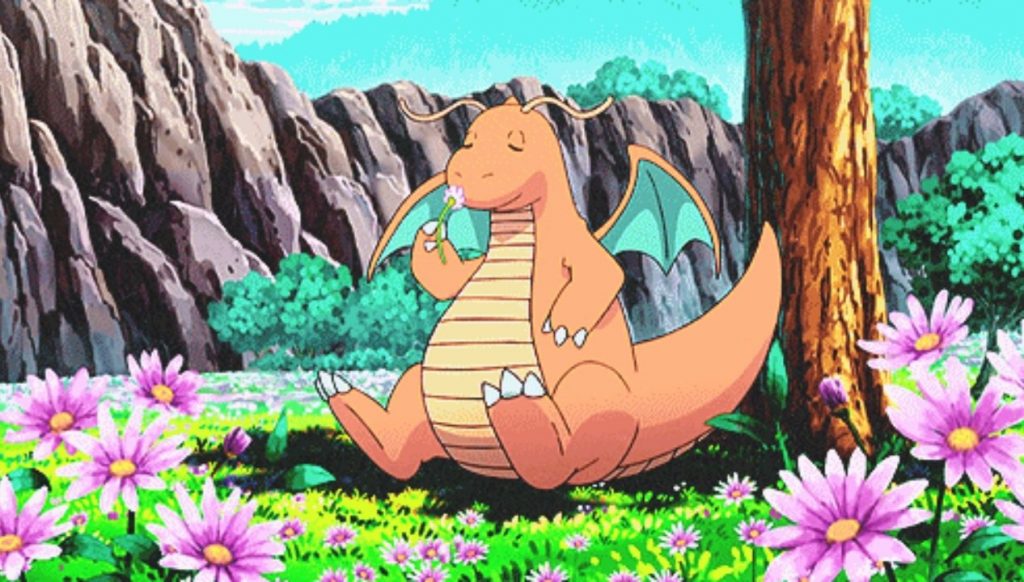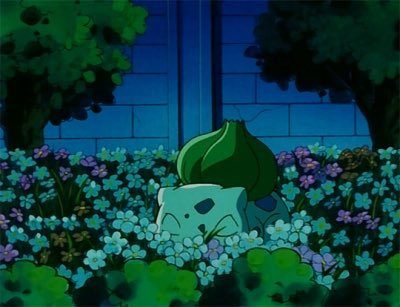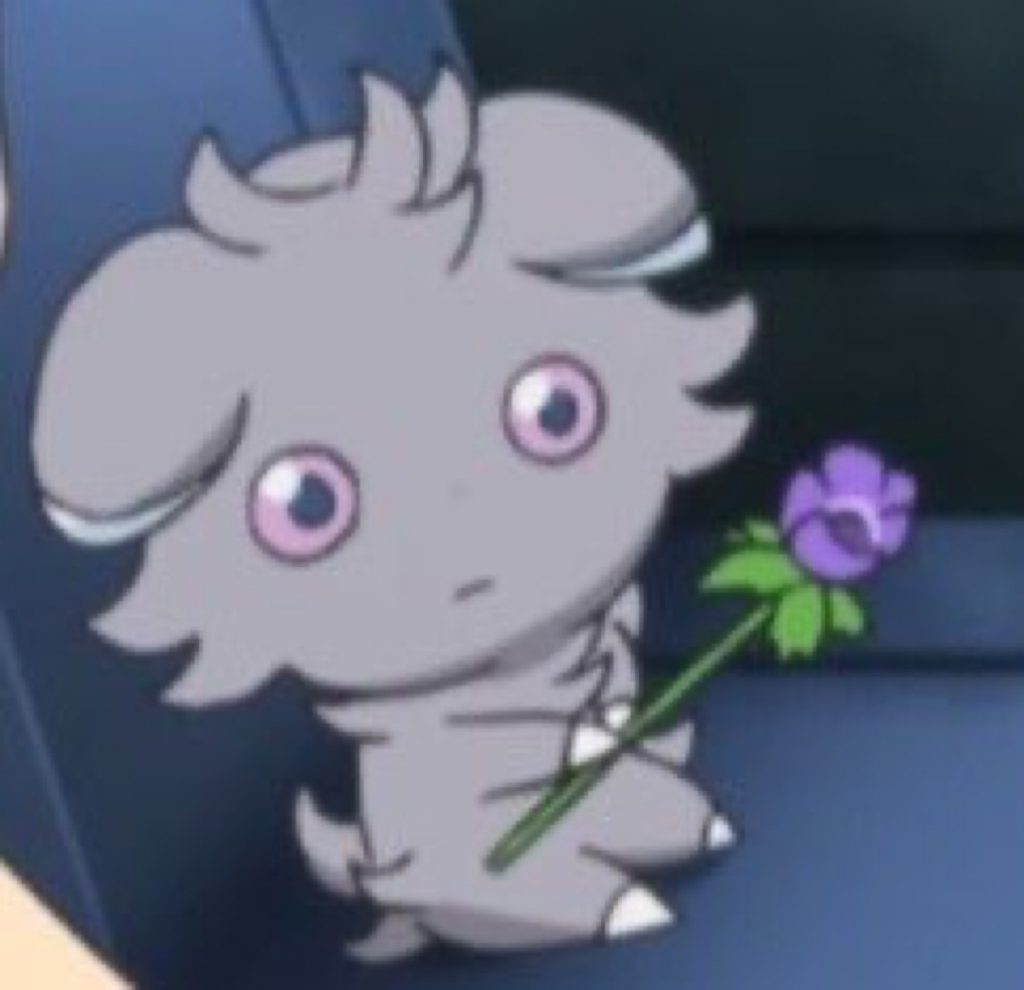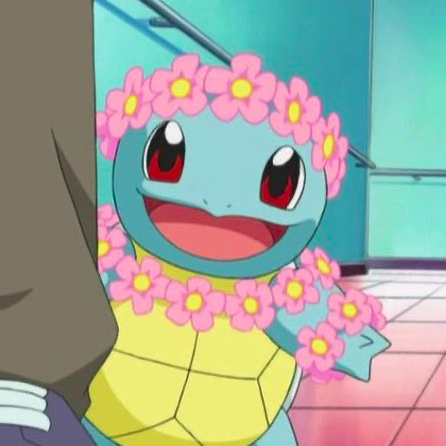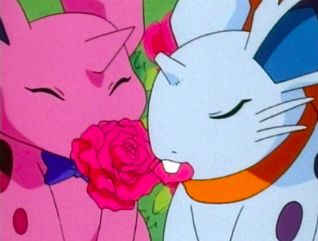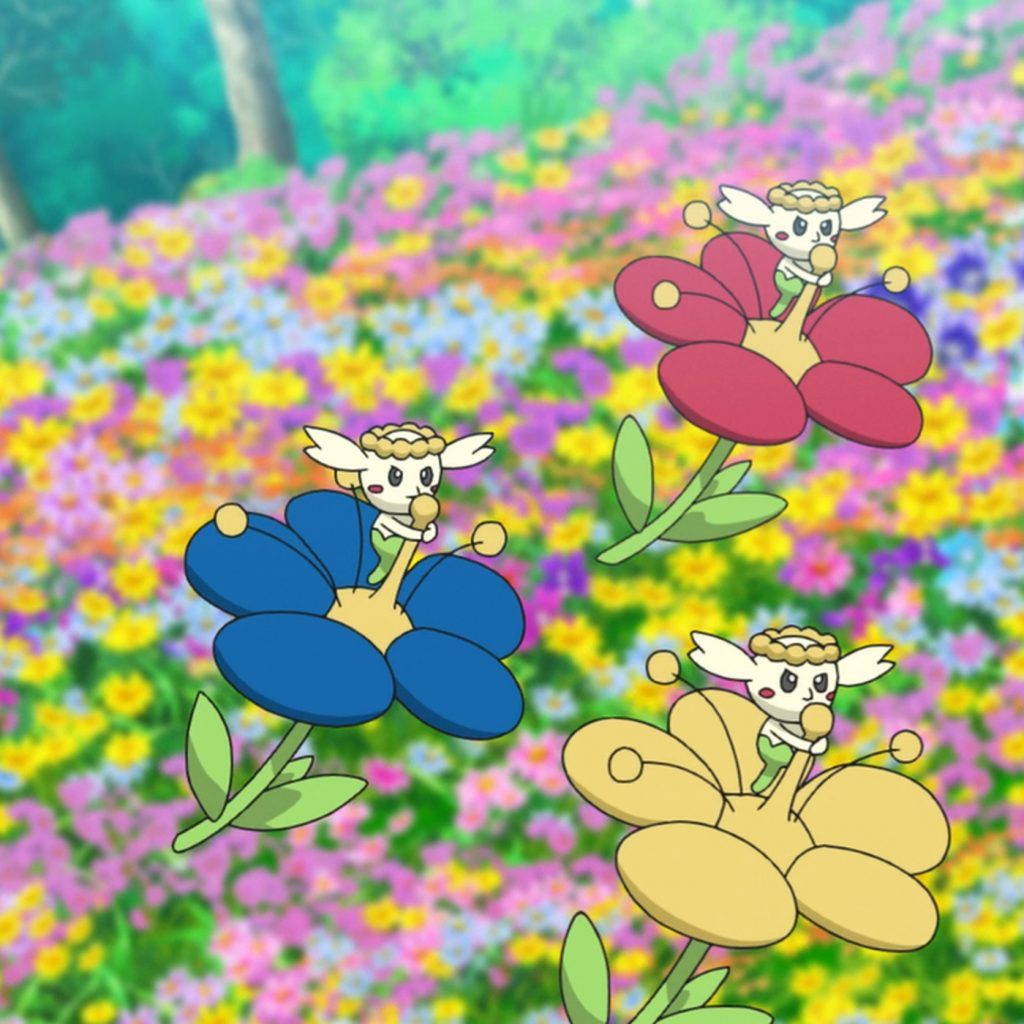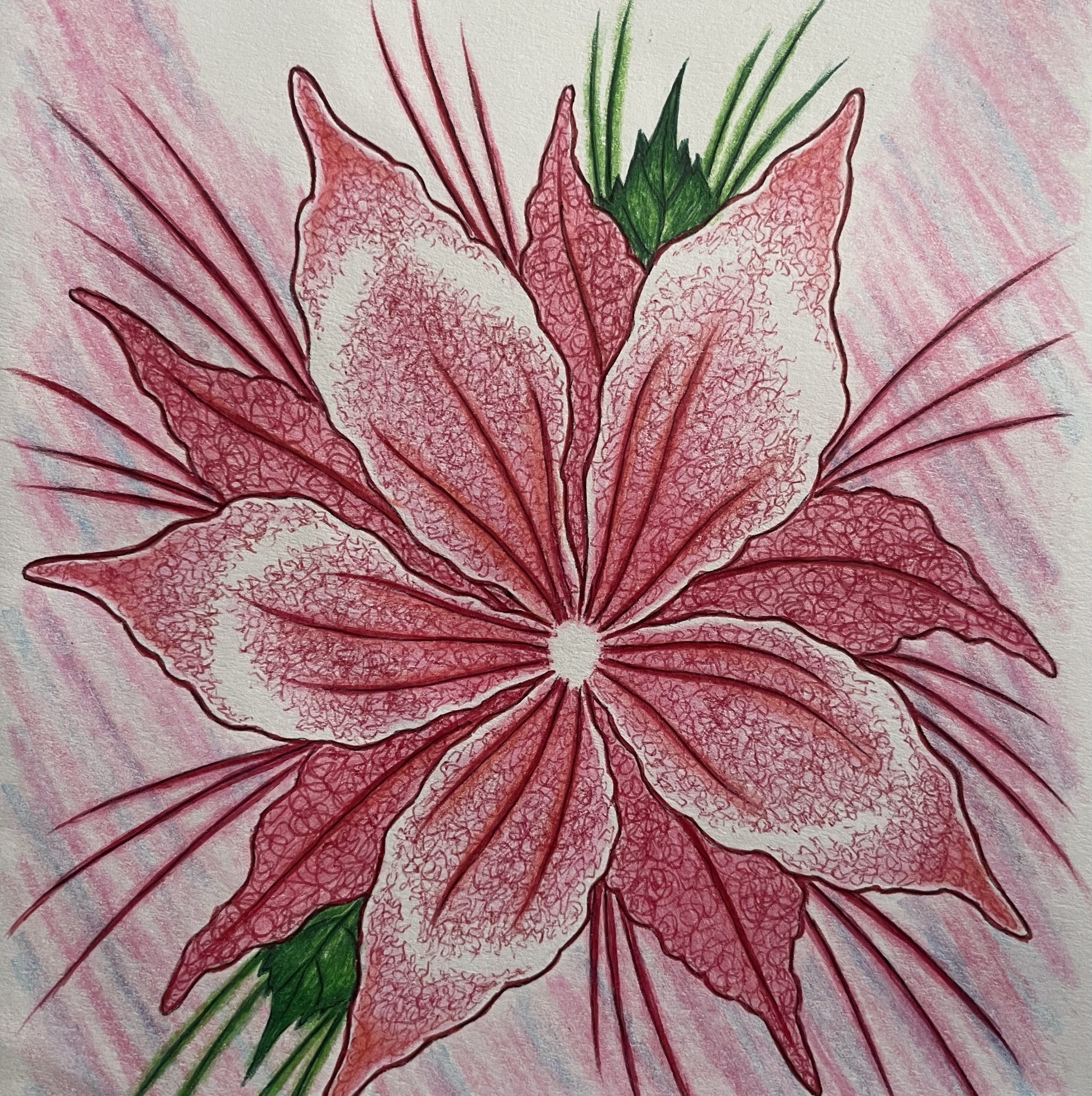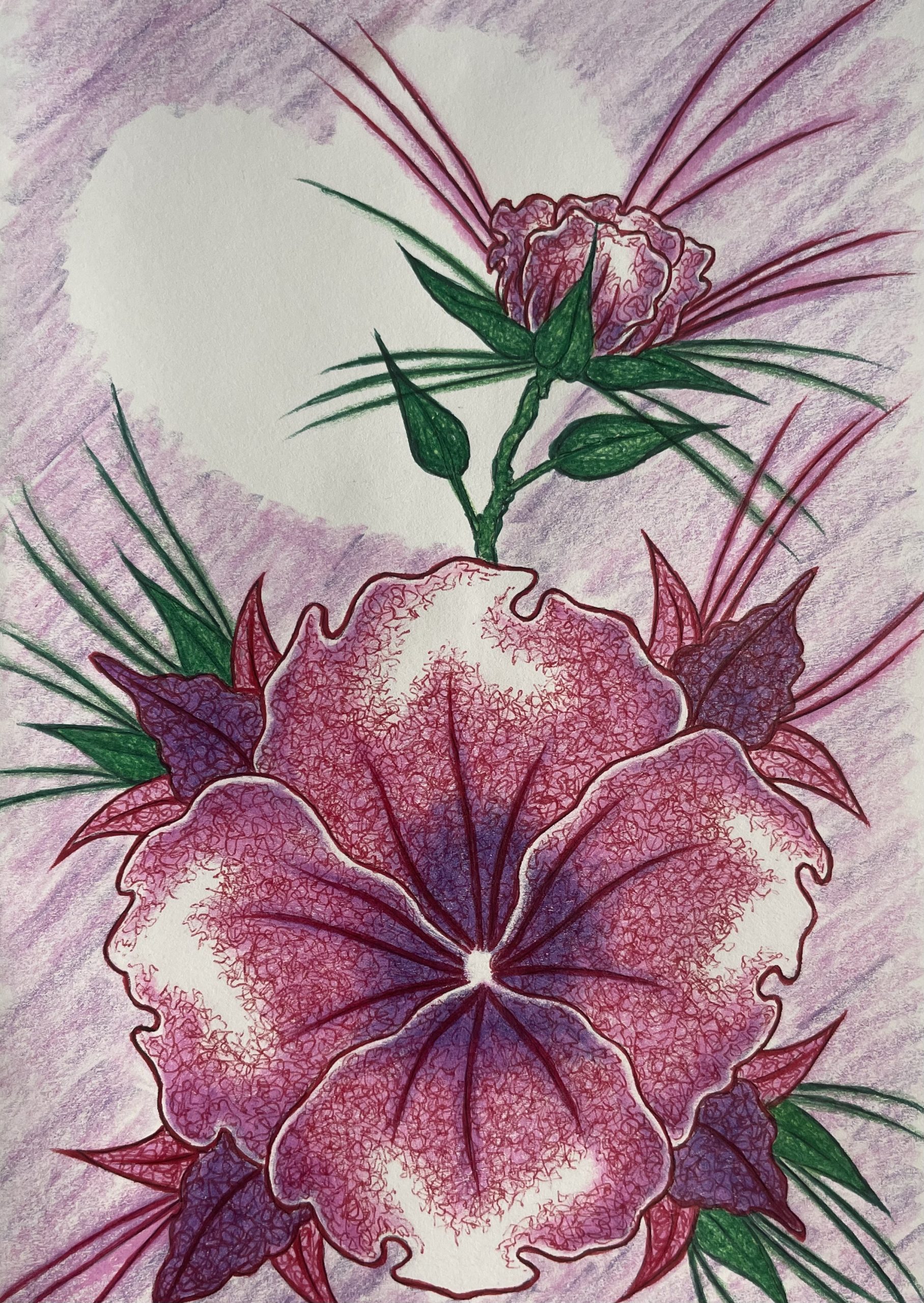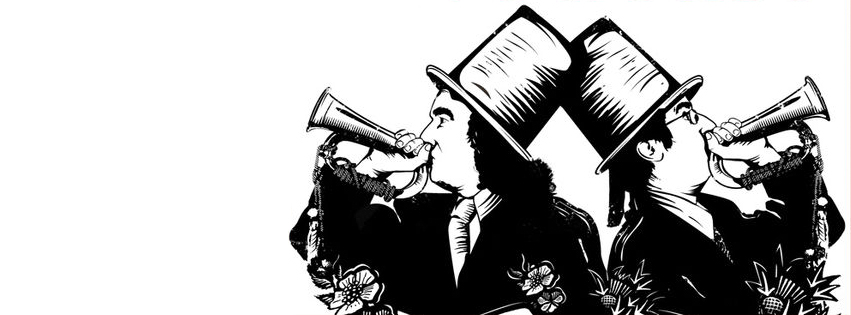
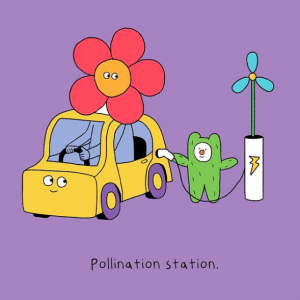
(from Krispee)
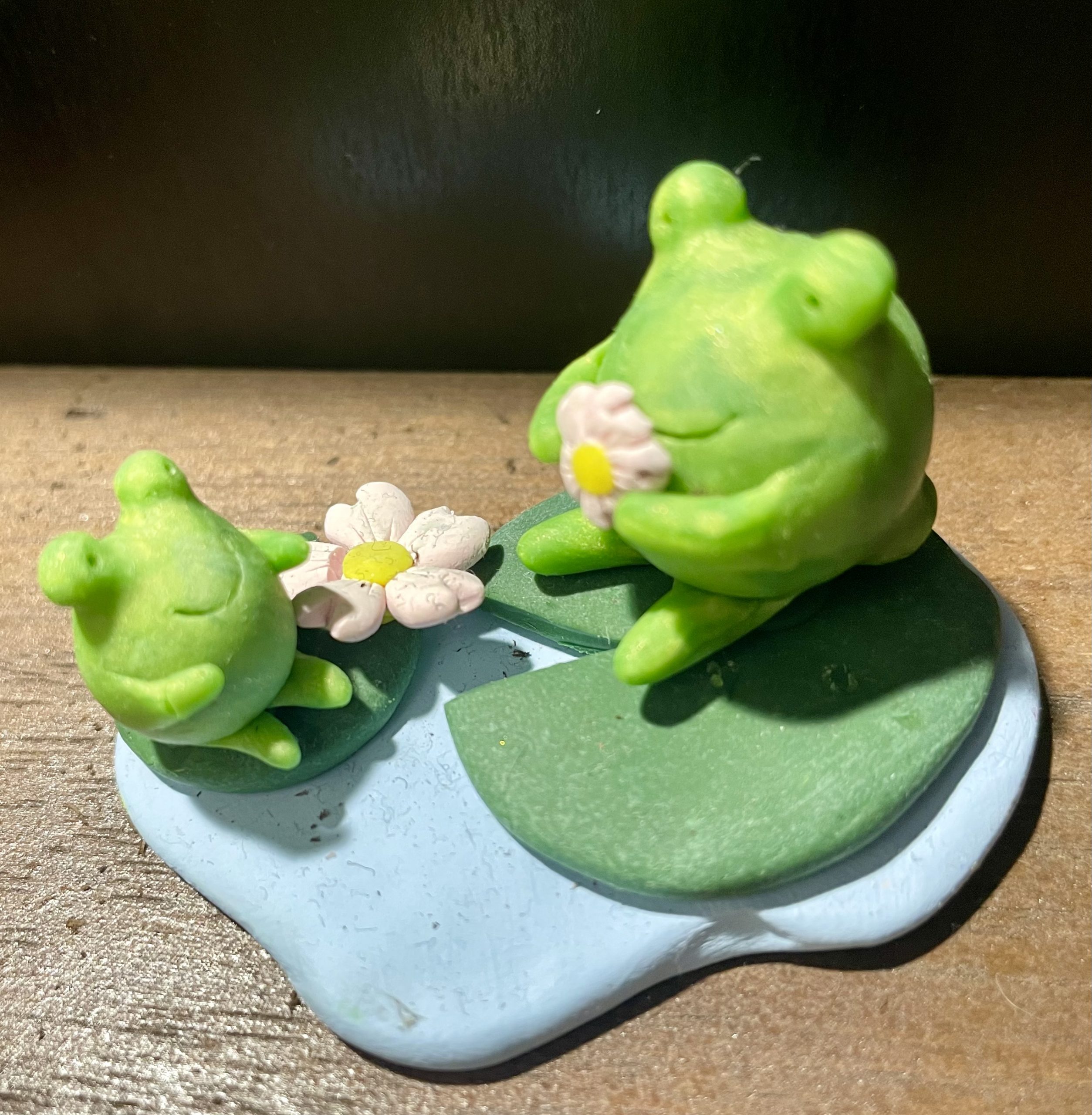
(by A Ram)
White Flowers by Mary Oliver | In Ulvic by Jane Hirschfield | Edible flower ice cubes | MIT Campus Tree and Hedge Inventory | I Wandered Lonely as a Cloud by William Wordsworth | Flowers & Colors by Envisioning Chemistry | Learning from Asters and Goldenrod by Hiromi Kondo
“There were flowers: delphiniums, sweet peas, bunches of lilac; and carnations, masses of carnations. There were roses; there were irises. Ah yes—so she breathed in the earthy garden sweet smell as she stood talking to Miss Pym who owed her help, and thought her kind, for kind she had been years ago; very kind, but she looked older, this year, turning her head from side to side among the irises and roses and nodding tufts of lilac with her eyes half closed, snuffing in, after the street uproar, the delicious scent, the exquisite coolness. And then, opening her eyes, how fresh like frilled linen clean from a laundry laid in wicker trays the roses looked; and dark and prim the red carnations, holding their heads up; and all the sweet peas spreading in their bowls, tinged violet, snow white, pale—as if it were the evening and girls in muslin frocks came out to pick sweet peas and roses after the superb summer’s day, with its almost blue-black sky, its delphiniums, its carnations, its arum lilies was over; and it was the moment between six and seven when every flower—roses, carnations, irises, lilac—glows; white, violet, red, deep orange; every flower seems to burn by itself, softly, purely in the misty beds; and how she loved the grey- white moths spinning in and out, over the cherry pie, over the evening primroses!”
[…] “But they beckoned; leaves were alive; trees were alive. And the leaves being connected by millions of fibres with his own body, there on the seat, fanned it up and down; when the branch stretched he, too, made that statement. The sparrows fluttering, rising, and falling in jagged fountains were part of the pattern; the white and blue, barred with black branches. Sounds made harmonies with premeditation; the spaces between them were as significant as the sounds. A child cried. Rightly far away a horn sounded. All taken together meant the birth of a new religion—“
(from Mrs. Dalloway by Virginia Woolf)
“Hello, Mr. Kercher said, stooping to pet a pile of green moss. He looked at the moss the way I’d seen people look at children or babies sleeping in strollers, soft bodies someone larger had to protect. Goodbye, he said just as quietly and seriously as before. He stood again and we kept walking.
Where I am from, we have many woods, many hikers. Here, not so many—people go to church instead. So we must let the forest know we appreciate it.”
(from Pew by Catherine Lacey)
“The fashionable international world attended en masse this afternoon at the wedding of the chevalier Jean Wyse de Neaulan, grand high chief ranger of the Irish National Foresters, with Miss Fir Conifer of Pine Valley. Lady Sylvester Elmshade, Mrs Barbara Lovebirch, Mrs Poll Ash, Mrs Holly Hazeleyes, Miss Daphne Bays, Miss Dorothy Canebrake, Mrs Clyde Twelvetrees, Mrs Rowan Greene, Mrs Helen Vinegadding, Miss Virginia Creeper, Miss Gladys Beech, Miss Olive Garth, Miss Blanche Maple, Mrs Maud Mahogany, Miss Myra Myrtle, Miss Priscilla Elderflower, Miss Bee Honeysuckle, Miss Grace Poplar, Miss O Mimosa San, Miss Rachel Cedarfrond, the Misses Lilian and Viola Lilac, Miss Timidity Aspenall, Mrs Kitty Dewey-Mosse, Miss May Hawthorne, Mrs Gloriana Palme, Mrs Liana Forrest, Mrs Arabella Blackwood and Mrs Norma Holyoake of Oakholme Regis graced the ceremony by their presence. The bride who was given away by her father, the M’Conifer of the Glands, looked exquisitely charming in a creation carried out in green mercerised silk, moulded on an underslip of gloaming grey, sashed with a yoke of broad emerald and finished with a triple flounce of darkerhued fringe, the scheme being relieved by bretelles and hip insertions of acorn bronze. The maids of honour, Miss Larch Conifer and Miss Spruce Conifer, sisters of the bride, wore very becoming costumes in the same tone, a dainty motif of plume rose being worked into the pleats in a pinstripe and repeated capriciously in the jadegreen toques in the form of heron feathers of paletinted coral. Senhor Enrique Flor presided at the organ with his wellknown ability and, in addition to the prescribed numbers of the nuptial mass, played a new and striking arrangement of Woodman, spare that tree at the conclusion of the service. On leaving the church of Saint Fiacre in Horto after the papal blessing the happy pair were subjected to a playful crossfire of hazelnuts, beechmast, bayleaves, catkins of willow, ivytod, hollyberries, mistletoe sprigs and quicken shoots. Mr and Mrs Wyse Conifer Neaulan will spend a quiet honeymoon in the Black Forest.”
(from Ulysses by James Joyce)
“He proposes that ‘the planting of a tree, especially one of the long living hardwood trees, is a gift which you can make to posterity at almost no cost and with almost no trouble, and if the tree takes root it will far outlive the visible effect of any of your other actions, good or evil.’”
[…] “They were questions about who he was and who we were and where pleasure and beauty and hours with no quantifiable practical result fit into the life of someone, perhaps of anyone, who also cared about justice and truth and human rights and how to change the world.”
[…] “He clearly, as he said in that credo, loved the surface of the earth. He was curious about daffodils and hedgehods and slugs; he spent a lot of time observing flora and fauna and weather.
Pursuits like that can bring you back to Earth from the ether and the abstractions. They could be imagined as the opposite of writing. Writing is a murky business: you are never entirely sure what you are doing or when it will be finished and whether you got it right and how it will be received months or years or decades after you finish. What it does, if it does anything, is a largely imperceptible business that takes place in the minds of people you will mostly never see and never hear from (unless they want to argue with you). As a writer, you withdraw and disconnect yourself from the world in order to connect to it in a far-reaching way that is other people elsewhere reading the words that came together in this contemplative state. What is vivid in the writing is not in how it hits the sense but what it does in the imagination; you can describe a battlefield, a birth, a muddy road, or a smell-Orwell would become famous for all the stenches mentioned in his books-but it is still black letters on a white page, with no real blood or mud or boiled cabbage.
A garden offers the opposite of the disembodied uncertainties of writing. It’s vivid to all the senses, it’s a space of bodily labor, of getting dirty in the best and most literal way, an opportunity to see immediate and unarguable effect. At the end of the day if you dug, how much you dug is as clear and definite as is the number of eggs collected from the chickens. The literary critic Kunio Shin notes of Winston Smith, the protagonist of Nineteen Eighty-Four, “In a world where ‘[n]ot merely the validity of experience, but the very existence of external reality, [is] tacitly denied’ by the Party, Winston’s attempt to hold on to the truth of truisms-’Stones are hard, water is wet, objects unsupported fall towards the earth’s centre’-is itself a desperate gesture of political resistance.” Elsewhere in the book, Orwell declares, “The Party told you to reject the evidence of your eyes and ears,” which makes direct observations and firsthand encounters in the material and sensory world likewise acts of resistance or at least reinforcements of the self who can resist. To spend time frequently with these direct experiences is clarifying, a way of stepping our of the whirlpools of words and the confusion they can whip up. In an age of lies and illusions, the garden is one way to ground yourself in the realm of the processes of growth and the passage of time, the rules of physics, meteorology, hydrology, and biology, and the realms of the sense.”
[…] “The mortality of flowers is also part of their essential nature, they’ve been used to represent the fleeting, evanescent nature of life again and again, with the implication that that which does not last is more precious for it.
Fresh is another word that indicates youth, newness, but also mortality or transience. Something that will never fade or die was never fresh. The writer and actor Peter Coyote once remarked that no one cries over artificial flowers, and there’s a particular kind of disappointment when you begin to admire a bouquet or a blossom at a distance and find out closer up that it’s fake. The disappointment arises in part from having been deceived, but also from encountering an object that is static, that will never die because it never lived, that didn’t form itself out of the earth, and that has a texture coarser, dryer, less inviting to the touch than a mortal flower.”
[…] “… that yearning to be more rugged, more rustic, more rough, more scruffy, is often a white and a white-collar yearning, and that those who have only recently escaped agricultural work, maybe sharecropping or slavery or migrant labor, who have survived being treated as dirty or backward, are often glad to be polished and elegant. You have to feel securely high to want to go low, urban to yearn for the rural, smooth to desire roughness, anxious about artificiality to seek this version of authenticity. And if you see the country-side as a place of rest and respite you’re probably not a farmworker.
By the nineteenth and twentieth centuries, appreciation of nature was often exhibited as a sign of refinement and even virtue. Of course Stalin loved his gardens and greenhouses at his dachas and the Nazis conflated ideas about racial purity and the protection of nature, particularly of forests, and not a few of the early American conservation groups promoted eugenicist views. There might be virtuous ways to love nature, but the love of nature is no guarantor of virtue.”
(from Orwell’s Roses by Rebecca Solnit)
“Kathleen patiently told me about the plants and flowers that could live in my garden. My small old dog walked with us and we looked at the sunlight and shade. I pointed to a bunchy blue burst of flowers growing on the hillside, sort of a vine that didn’t lie flat, a bramble. The flowers looked like the shape of a fruit, and I always like it when those two images, fruits and flowers, gesture to each other. I like that and I always have, and I like it when fruit is in flower arrangements and I like it when flowers are in the salad or on cakes and I like it when fruits are on women’s heads in their hats or if their whole hat is fruit.
I have always adored a cornucopia, of course.
I pointed at the blue hill-flowers and asked her, ‘Can I have that kind?’ She told me that I could certainly have it. And then, very seriously, she said, ‘The only thing is that dogs love to smell the blossoms and they are actually very sticky, so your dog will have flowers on his face, and I don’t know if you’d like that.’
‘I would like that,’ I told her.
What I didn’t tell her was that when she asked me that question about flowers on my dog’s face, she showed me that a legitimate option for experience – a true one that is real and is deeply concerned with beauty – could be mine. This was my home and my world and the future was all geared up and ready for pleasure and we were getting specific: Do you or do you not want flowers that stick to a dog’s face? Yes or no? If yes, I was a citizen of the world of breezes and Sticky-Dog-Face-Flower. With every small choice, the world was emerging. What would I like, from all of it?
I didn’t tell Kathleen how dear it was to me that she told me this sticky-flower fact in total earnestness. I didn’t tell her that even though everything about me really points to liking things like flowers on animals’ faces, I was pleased that she did not assume. I was pleased that she made sure. Because in making sure, Kathleen gave me the opportunity to say out loud to another person that I would like my old dog to have flowers stuck to his face, and when I said it out loud – that, yes, I would like that – I knew it was true. Then I admired myself. What’s more, I felt tenderness about my personality and my choices for delight. I said who I was, on my land.
I didn’t tell her that she was making me more than one garden. One outer, one inner. I was woozy as I watched a space open up inside of my inner me-garden, space that would be private just for me, in which I could observe myself and be private as I gazed upon myself.
I didn’t tell her, ‘Hey, Kathleen? You’ve revealed yourself to be a woman of wonderful character.’ Rather than being unconsciously lazy and telling me something, she had reached out and grabbed a moment. No, she did not miss the moment, this woman Kathleen. She asked a question and so much bloomed and the plants weren’t even there yet.
What I didn’t say, because I selfishly wanted to keep the sweet sap of the moment swelling inside myself, undiluted, was ‘Actually, more than anything, I would like my dog to have small blue flowers stuck to his small face as often as possible, and now that you mention it, I want this more than most things that I want, but most of the things that I want are like this thing, and it is a certain type of person who feels this way that I feel, and I’m proud to be one, and now I see that I must really not forget that the style of what I find beautiful is incredible to me, that it is incredible to feel lucky to want to want what one wants, to be able to see the rings of yourself this way, and honestly, Kathleen, I am dead serious on this one.'”
(from Little Weirds by Jenny Slate)
